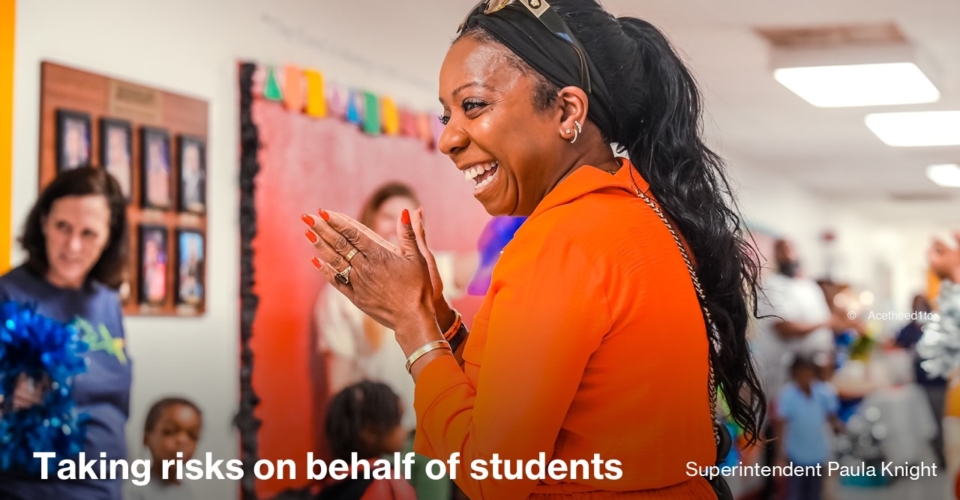According to the National Student Clearinghouse Research Center, in 2022 only 62% of high school graduates enrolled in a four-year college after graduating from high school. In our district, more than half of recent graduates choose alternatives to the four-year college route: they attend community colleges, enter the workforce or join the military.
Webster County High School, where I teach, is committed to preparing students for life after graduation, whatever path they follow. I believe that scientific literacy is essential for every high school graduate because it equips them with the skills to evaluate information critically, make informed decisions and understand the impact of science on everyday life.
An ongoing challenge that our school faces is that students who don’t plan to attend a four-year college also tend not to buy into state testing. As a result of this, midway through last year, only 4% of our students scored “proficient-distinguished” on science assessments. In response, we adopted a new curriculum, enhanced our PLCs, and had more data-focused conversations—and that figure rose to 20 percent by the end of the school year. Here are the key steps we took to support educators and students.
Choosing a new curriculum
We looked at a few curricula, and found that some of them offered an assessment platform and not much else. At the recommendation of a neighboring principal, we chose Kognity’s digital High School Science Curriculum because it offers phenomena-based, adaptable lessons that resonate with students. For example, teachers can make ecology relevant by using a local phenomenon such as hunting as an entrance point. Kognity is also aligned with the Next Generation Science Standards (NGSS). With our state standards in flux, it was nice to have a curriculum with such a clear structure.
To make sure that the curriculum was right for us, another teacher and I piloted it first. We also held PD sessions and meetings so other teachers could learn about the program and share concerns. As we began to roll out the platform in our science classrooms, students initially hesitated at the change, but they soon embraced the platform’s phenomena-based approach to science education.
Empowering students and teachers
To further enhance the students’ learning experience, I have also been adding more hands-on labs and assigning question-based activities. This encourages them to explore and research in ways that allow them to incorporate personal interests and curiosities into their learning. This comprehensive strategy has shown a direct correlation with improved understanding and retention of science concepts among our students.
This change in approach has positively impacted both students and teachers. Webster County High School’s Professional Learning Community has expanded and improved this year, allowing my colleagues and me to share valuable insights and observations that help us continue to refine our teaching strategies. Our district’s teacher mentoring program has also begun to host data-driven conversations that we were not previously able to have due to a lack of data-tracking resources, and we can offer refreshers on subjects that students have found challenging.
Overcoming barriers to teaching and learning science
Like many science teachers, I entered the field as a second opportunity. When I first started in the science department, I was given standards and a curriculum and was essentially left to “fend for myself” and navigate the process of aligning standards with the curriculum. Having the alignment already incorporated into learning modules allows me to focus on teaching and engaging students.
Device compatibility is another barrier to adopting any new curriculum, and it certainly makes my life easier to have a platform that is compatible with my students’ Chromebooks. At the beginning of class, I can jump right in walking students through materials—in both English and Spanish, if they need it.
Of course, any time you adopt a new curriculum, there is a period of adjustment, so my advice to teachers working with new platforms is to stick with it and don’t be afraid to ask for help.
The improvement in my students’ science scores last year was due to a number of factors, but I will always credit taking the leap into a new curriculum as a significant contributor. By embracing a new approach to science instruction, we’re not just improving test scores. We’re equipping students with the skills they need for college and careers in our ever-evolving world.



